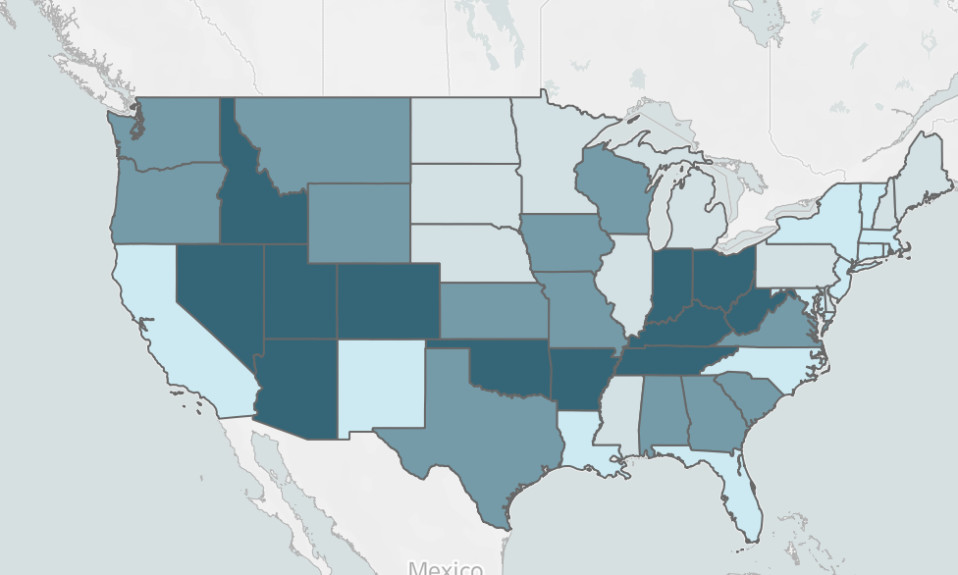New statistics from the CDC shed light on dual crises
By Jason Langendorf
Nearly 1 in 3 adults in the United States assessed for substance use treatment used two or more substances during the 30 days leading up to their assessment, and an even higher percentage reported experiencing extremely severe psychiatric problems during that same period, according to a new study conducted by the Centers for Disease Control and Prevention (CDC).
Published last week in the CDC’s Morbidity and Mortality Weekly Report, the study used 2019 data from adults who sought treatment in the U.S. to analyze the prevalence of recent substance use patterns and the severity of problems experienced across seven biopsychosocial domains (alcohol, drug, employment, family, legal, medical and psychiatric).
“These findings highlight the need to incorporate polysubstance use and mental health problems into substance use prevention, treatment and response initiatives.”
—Akadia Kacha-Ochana, CDC
In the study, 32.6% of respondents reported using multiple substances within the 30 days leading up to assessment, and 35.2% of assessed adults reported experiencing significant mental health issues within the previous month. Data was collected using the National Addictions Vigilance Intervention and Prevention Program (NAVIPPRO), a self-administered, structured clinical assessment tool employed upon a patient’s admission to a substance use treatment facility.
Akadia Kacha-Ochana, a public health advisor with the CDC and the study’s corresponding author, wrote to TreatmentMagazine.com by email: “These findings highlight the need to incorporate polysubstance use and mental health problems into substance use prevention, treatment and response initiatives, and improve linkages to services.”
A Troubling Trend
In 2019, before the onset of the pandemic, approximately 66 million U.S. adults reported binge drinking and approximately 36 million reported illicit drug use or prescription pain reliever misuse in the previous month. An estimated 20 million adults met criteria for a substance use disorder during the previous year. The numbers have only trended at a more alarming rate since.
Due in part to increasing polysubstance use and a worsening mental health crisis, the statistics from the CDC’s study may not do justice to the depth of the current problem.
In fact, due in part to increasing polysubstance use and a worsening mental health crisis, the statistics from the CDC’s study may not do justice to the depth of the current problem. Kacha-Ochana says a future study will help determine precisely how those numbers have changed over the past three years.
In the meantime, the study author says, the CDC can provide data and resources to equip and inform states, territories and local jurisdictions to help improve opioid prescribing practices, improve linkage to care for the treatment of opioid use disorder and prevent and reverse overdoses. Kacha-Ochana also cited the Office of National Drug Control Policy’s Overdose Response Strategy (ORS) as being key in tackling the overdose crisis and reducing the harms of substance use disorder.
“The Overdose Response Strategy (ORS) is a unique collaboration between the CDC and the High Intensity Drug Trafficking Areas (HIDTA) program designed to enhance public health and public safety partnerships,” she writes. “The mission of the ORS is to help communities reduce fatal and non-fatal drug overdoses by connecting public health and public safety agencies, sharing information and supporting evidence-based interventions.”
Photo: Isi Parente














